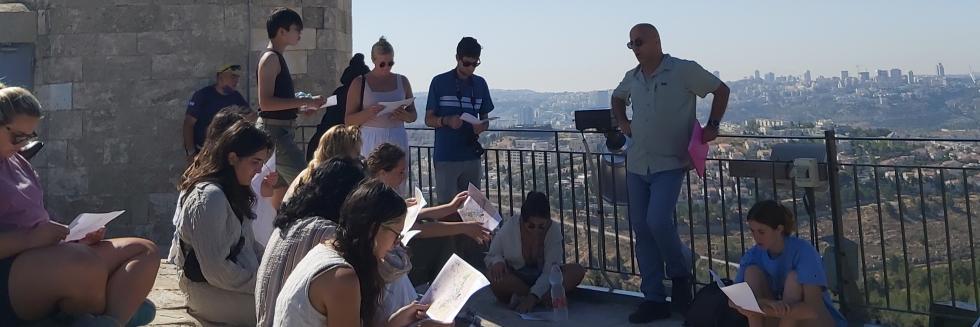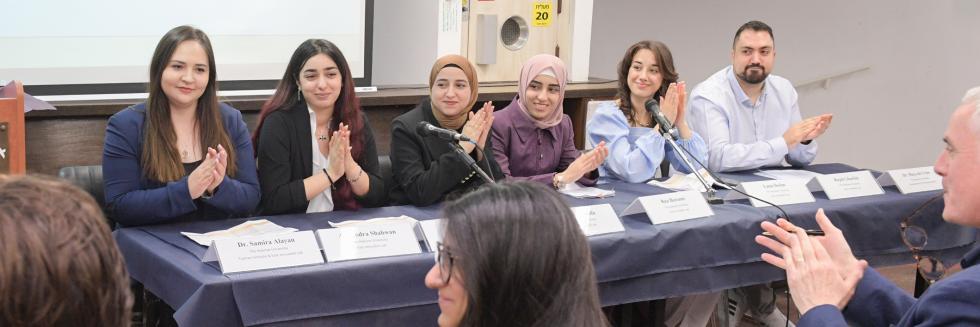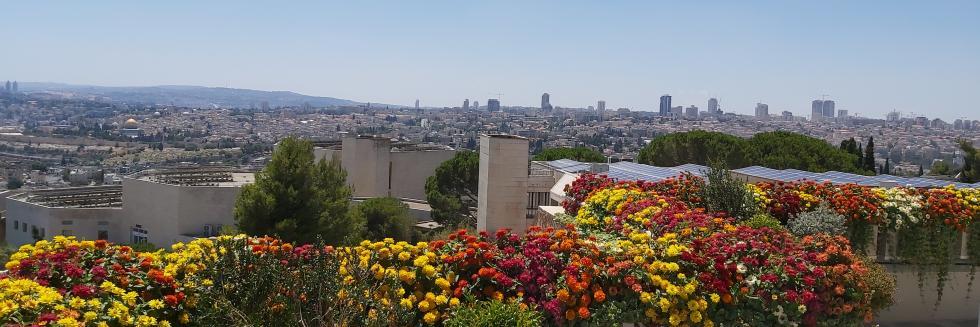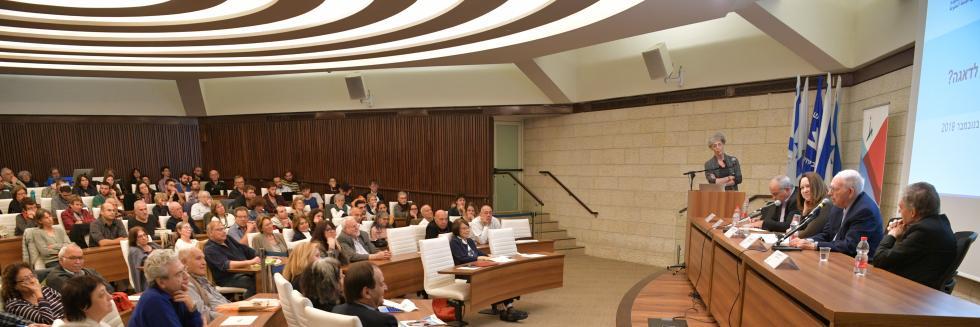Group Members: Dr. Ran Shauli and Dr. Silvina Schammah Gesser
The Economy of Memory in Comparative Perspective:
Cases from Southeast Asia, South America and Southern Europe
This research project deals with the ways in which collective traumatic memory is translated into material, social and political goods. We contend that the production of memory is an economic process which involves the investment of resources in the expectation of returns. Thus, manifestations of public memory such as commemoration days, museums, mausoleums, and memorial sites, depend on the allocation of resources like time, space and money. Financial support for academic research, education and dissemination of memory-products in the form literature, film, media and exhibition spaces, are similarly governed by an economic logic.
Nowadays, more than three decades after the publication of the groundbreaking collaborative project Lieux de mémoire/Realms of Memory (Nora, 1984-1992), the field of memory studies has achieved an unprecedented status within the humanities and the social sciences (Winter, 2000; Confino, 2002; Kansteiner, 2002; Suleiman, 2006; Chirot et. al., 2014; Corning and Schuman, 2015). These studies have overwhelmingly focused on the nation-state as the central framework of analysis. Their topics have ranged from “coming to terms with a troubled past,” to the representation of this past in literature, art and personal narrative; and the ways in which historical memory shapes social relations, while it redefines spaces and national policies. (Judt, 1992; Herf, 1997; Koshar, 2000; Nuttall and Coetzee 1998; Aguilar, de Brito and Gonzalez- Enriquez, 2001;Confino and Fritzche 2002; Hershatter 2011, Viejo-Rose, 2011 and 2015).
Notwithstanding the paramount contribution of this corpus of research, it has largely overlooked the economic nature of memory, especially of traumatic memory. We therefore think, that the economic rationale behind concrete manifestations of collective memory and trauma offers a yet untapped area of study. We argue that collective remembrance -- which consumes time, space, material and other resources -- not only yields political, social and cultural-symbolic benefits; but also involves managing its production, commodification, dissemination, consumption and maintenance. As such, traumatic memory should be analyzed within an economic framework.
Moreover, we contend that tangible manifestations of historical memory are not only the product of conscious decisions of different groups and institutions within and outside the nation-state (e.g. diasporic communities). Since individual reminiscing depends on the existence of public memory for retention, comparison and verification of personal memories (Halbwachs, 1932), the individual's rational decision to put forth mental and emotional efforts as a remembering agent, is an indispensable part of the Economy of Memory. Therefore, we assume that investment in public memory depends equally on the willingness of individuals to contribute, as well as on the readiness of collective players - like group organizations and governments - to grant resources of various kinds.
Our test cases cover four countries, whose societies and political systems have been dealing with collective traumatic memory in different ways. These are the post-colonial, previously federated states, of Malaysia and Singapore currently under semi-authoritarian regimes; and the post- dictatorial, democratic societies in contemporary Spain and Argentina. All four – each ranking differently on the scales of economic development and industrialization – are highly relevant cases to study the measurable value of memory product. As such, they are also useful to understand how the memory market becomes susceptible to booms and busts.
We want to emphasize that the logic behind comparing these radically divergent societies and their regimes, rests on the assumption that the economic logic of memory is culturally neutral; yet, it can convincingly indicate the existence or the absence of a society willing to accept, foster and transmit collective traumatic memories. Our aim is to design a model that maps together, quantifies and systematizes the manifestations, commodification, marketing and consumption of traumatic memory. We are convinced that the elaboration of such an economic model of memory constitutes an innovative methodological approach that could be useful not only to students of memory and culture, but also to policy makers, educators, project evaluators, urban planners and, last but not least, private entrepreneurs.





